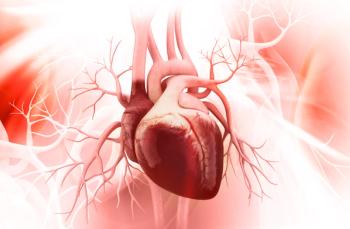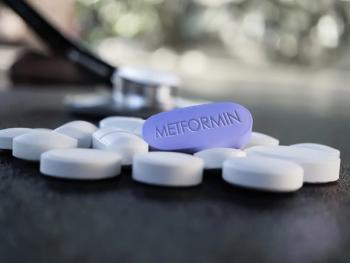
Predictors of postpartum pelvic pain identified
Dutch researchers have identified factors during gestation and postpartum that can predict pain in the pelvic girdle joints after delivery.
Dutch researchers have identified factors during gestation and postpartum that can predict pain in the pelvic girdle joints after delivery. Their findings-in working women-underscore the need to pay extra attention to women who experience pelvic girdle pain (PGP) during pregnancy to prevent serious PGP during late pregnancy and postpartum.
The Mom@Work cohort study, published in Pain, included 548 pregnant Dutch employees from
15 companies who worked at least 12 hours per week during pregnancy and intended to return to work after maternity leave. At week 30 of pregnancy and 6 weeks and 12 weeks postpartum the women received surveys with questions about demographics, work, pregnancy, fatigue, psychosocial factors, PGP, and delivery.
Of the respondents, 73% had PGP at week 30 of pregnancy, 48% at between 0 weeks and 6 weeks postpartum, and 43% between 6 weeks and 12 weeks postpartum. In analyzing the study data, the investigators developed 2 statistical models, 1 for pregnancy-related predictors and 1 for pregnancy- and postpartum-related predictors.
The pregnancy model showed that PGP at 12 weeks postpartum can be predicted by history of low back pain, higher somatization, more than 8 hours of sleep or rest per day, and uncomfortable positions at work. Predictors of pregnancy- and postpartum-related PGP included increasing disability, having PGP, and higher mean pain at 6 weeks; higher somatization during pregnancy and at 6 weeks postpartum; higher birth weight; uncomfortable positions at work; and number of days bed rest (the higher the number, the less risk of PGP).
According to lead investigator Mireille N.M. van Poppel, “More somatization, more hours of sleep or rest, and no days of bed rest after delivery were found to be related to an increased risk of PGP, and those are new findings.”
Stomp-van den Berg SG, Hendriksen IJ, Bruinvels DJ, Twisk JW, van Mechelen W, van Poppel MN. Predictors for postpartum pelvic girdle pain in working women: the Mom@Work cohort study. Pain. 2012;153(12):2370-2379.
Newsletter
Get the latest clinical updates, case studies, and expert commentary in obstetric and gynecologic care. Sign up now to stay informed.










